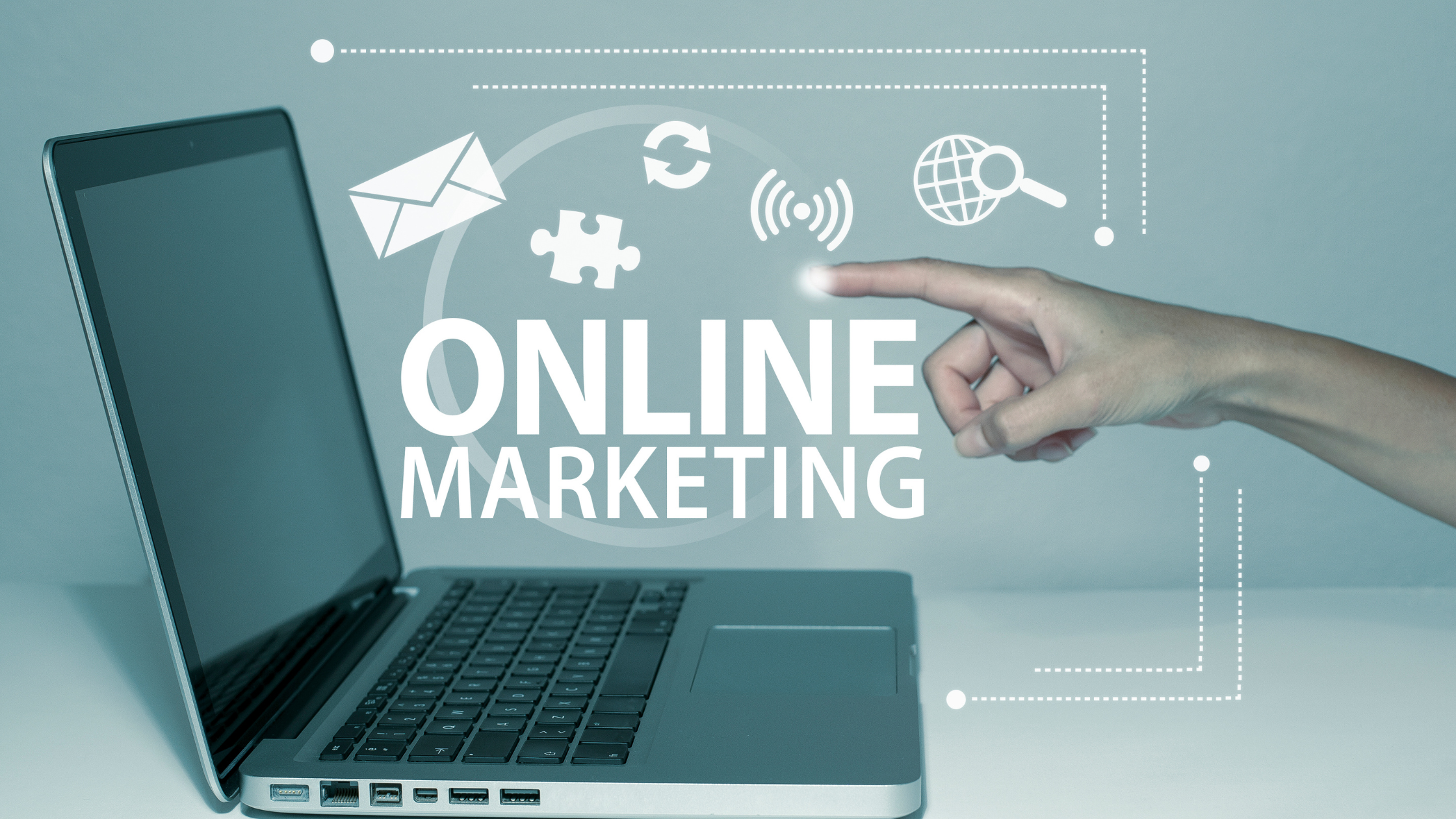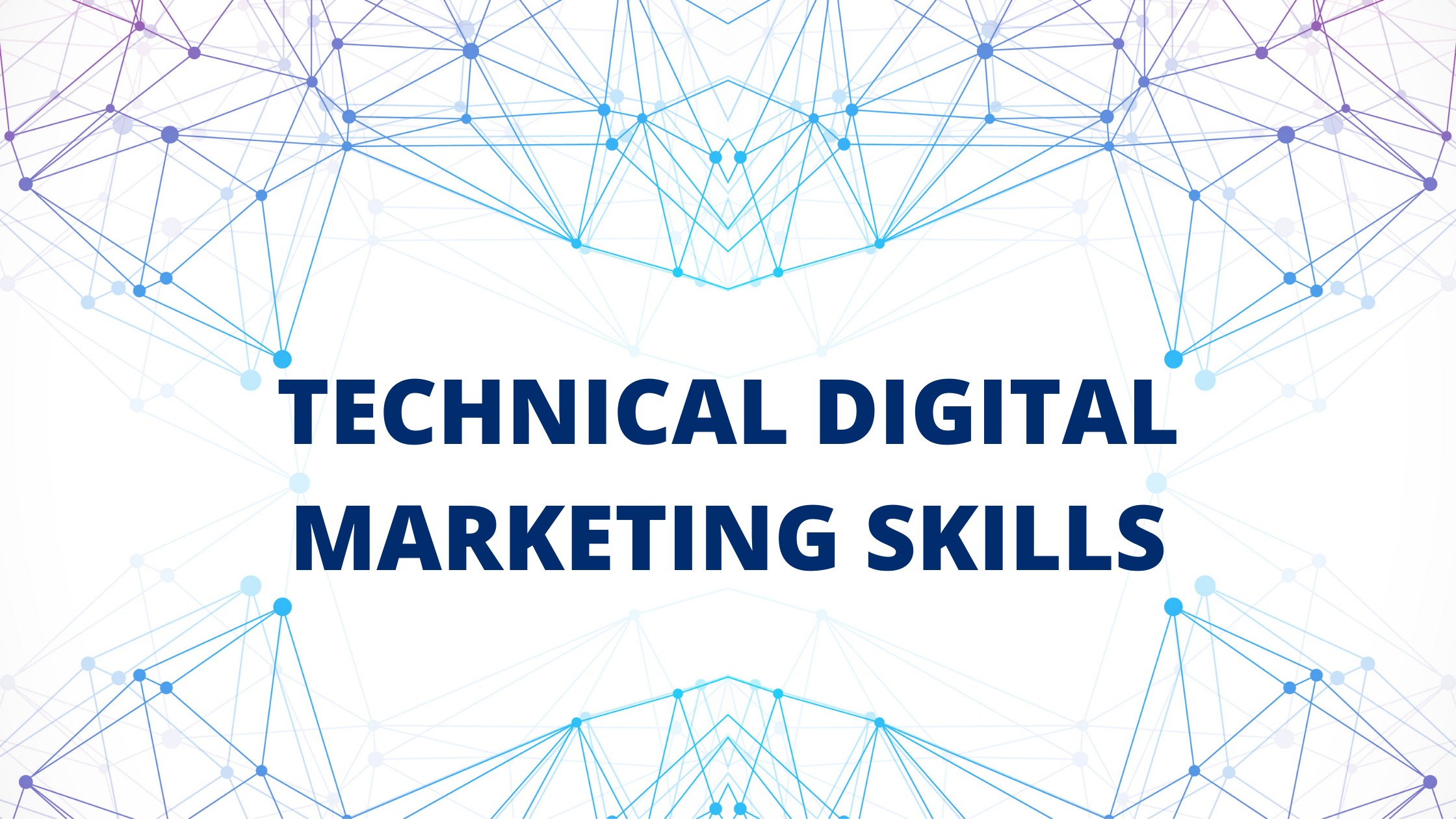WHAT IS AND WHY ONLINE MARKETING
The presence of the internet has changed how businesses reach and interact with customers. The internet plays a big role in today’s business environment. The internet’s application to businesses is paramount if you are aiming at beating the competition and reaching a wider audience.
What is Online/Internet Marketing?
Online marketing is the use of the internet to propel your brand’s awareness. The word internet is crucial in this definition.
Digital Marketing vs Online Marketing
In this field, you will come across the term digital marketing and online marketing being used interchangeably. While these words mean more or less the same thing, there is a slight difference.
Digital marketing is the umbrella term that encompasses online marketing. Digital marketing is the use of any digital channels to market your brand regardless of their use of the internet or not. To expound it further, digital marketing could involve things such as; SMS, digital billboards, TV ads, or radio ads which may not use the internet in the process. Online marketing has to have the involvement of the internet in the process. That is the major difference between these two terms.
Why use internet marketing?
Reach
There are 5billion internet users worldwide.
One of the main reasons to use internet marketing is the reach the internet has. According to Datareportal, there are 5 billion internet users and the numbers increase with each passing second.
The internet is currently the largest data source and anything your audience might want or need is a click away. The most important thing to note is that your customers are online and anytime they are online and it is a chance to reach them. As a business always strive to meet your customers wherever they are. The majority of consumers’ journeys begin with an internet search before they can proceed to actually purchase. From the internet, consumers can identify businesses that have their need, their locations, prices, reviews, and more information associated with them.
Visibility
We like to use the phrase, “Out of sight, out of mind”. The more a consumer sees your business the easier it will be for them to recall your business when it’s time for a purchase. Social media platforms are the best places to get visibility. Unlike websites and emails, social media platforms give you the freedom to come up with creative content, jump on trends, engage with users and also take advantage of user-generated content. When the consumer is ready to convert, they will choose to associate themselves with brands that they are already familiar with. To summarise, social media gives you the benefit of going viral.
Communication
The internet made it very easy for us to communicate among ourselves and for businesses to communicate to their audiences. The internet has brought about open communication between consumers and businesses. It is easier to reach businesses and make inquiries through websites, social handles, and other channels.
The internet offers two-way communication where consumers and businesses can engage in one-on-one communication without much hustle. This kind of communication builds a rapport between businesses and consumers, and consumers like to go where they feel valued. It gives you the opportunity to address the customer on a personal scale as compared to traditional ways which addressed consumers as a whole group.
While trying to address your audience on any occurrence, offer, or solving a widespread issue, the internet is the best place to handle that. For example, if your business has Father’s Day sales planned, these offers could be marketed on your website and other social handles. They will reach your audience quicker than any other way.
Leads
The most important part of a marketing funnel is the creation of leads. Leads are potential consumers who you can convert into purchasing customers when the time comes. For example, if you are scrolling through a website that offers courses on digital marketing, a pop-up box appears and it is advertising a free trial for the first month to study for free and all you have to do is register with your email. Anyone who goes ahead and registers for the offer is a lead because down the line they could purchase a course or two after the free trial.
Cost
Internet marketing is basically a free marketing tool unless you are paying for ads. There are over a 200million small businesses on Facebook alone. How do you do free marketing? Just being on online platforms is the first step of internet marketing. Create quality and relevant content to appear before a larger audience, this goes for websites and social handles. People will always value quality and relevant content which will make them return audiences to your platforms.
An important part of marketing is the budget, you certainly don’t want to spend all your money on advertising and the returns are low. Ads on the internet are way cheaper than ads on other platforms. You can choose the type of marketing format and they are all supported by the internet from videos, graphics, product carrousel, images, graphics, and much more.
Internet marketing allows you to do targeted marketing. You can do targeting according to several demographics such as age, location, gender, a combination of all those, and more other parameters. Targeted marketing will produce a better return on investment since you are reaching an audience that consists of people who have an interest in your products rather than a large audience that may or may not consist of people with interest in your brand.
Analytics
Business owners need to know if their efforts have borne any results, how to improve them and what to improve. The internet gives businesses the opportunity to see their reach, engagement, click-through rate, etc. On websites, you can use Google Analytics to see how you are performing. Social media platforms also offer analytics for business pages to see how you are performing. You can also generate reports from these analytics through the platforms, how cool is that.
Personalization
You might have received an email or message on your socials that starts with your name e.g. Peter, don’t miss the opportunity to learn photography for free. The offer lasts until the end of this month. How did that make you feel? Important, validated, and seen. Ensure your customers feel that you recognize them through these personalized emails and messages. This makes them feel that they are not just a statistic to your business but they matter. Giving your consumers and potential customers this feeling is one way to build customer loyalty and convert your potential customers to purchasing consumers.
Do you need online marketing?
Yes, you do. From the benefits stated above, online marketing will give your business a really big advantage. The reach, lead generation, and cost of online marketing will give your business the boost that it really needs. Work on your online strategies and watch your business blossom.















